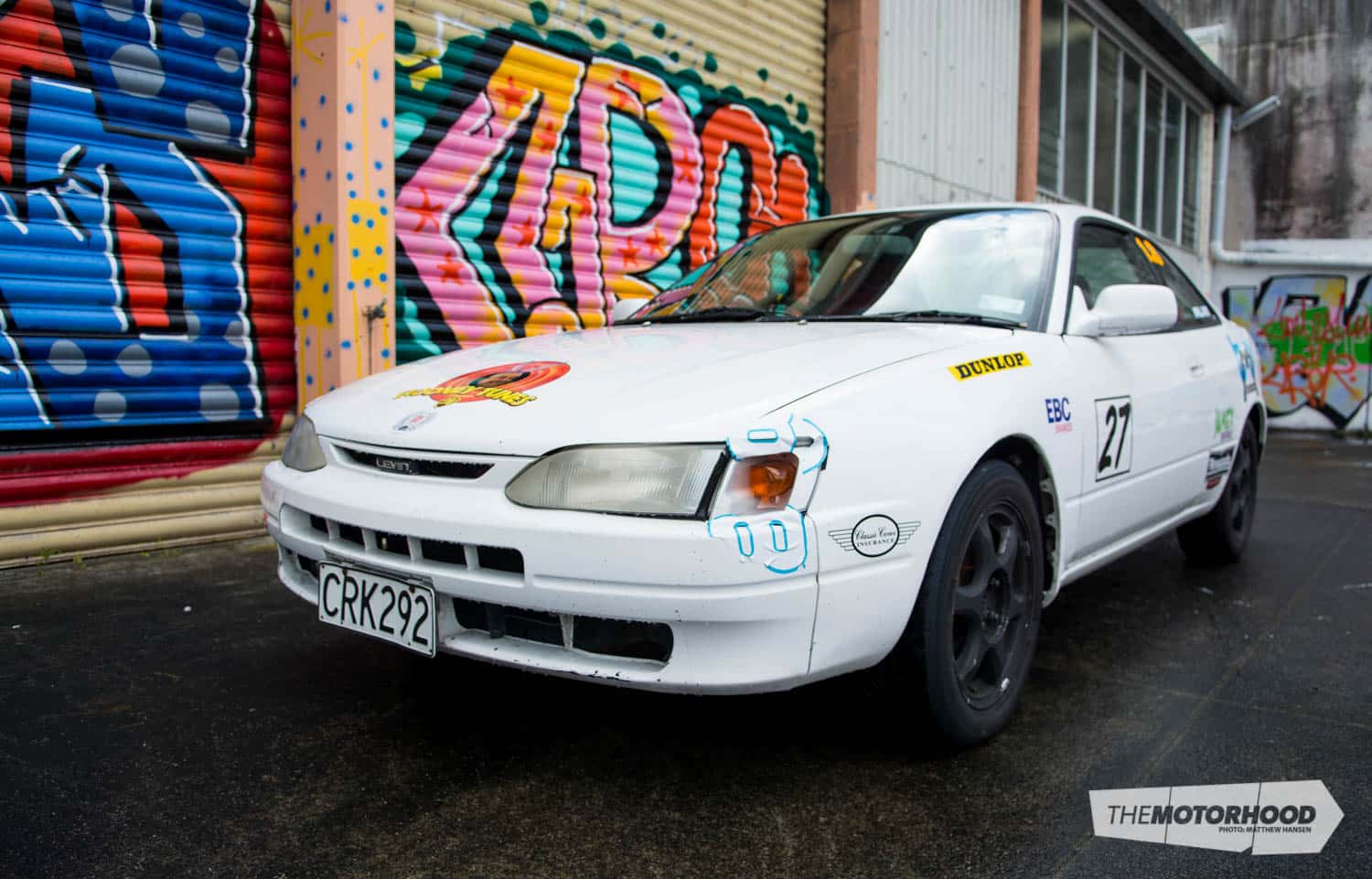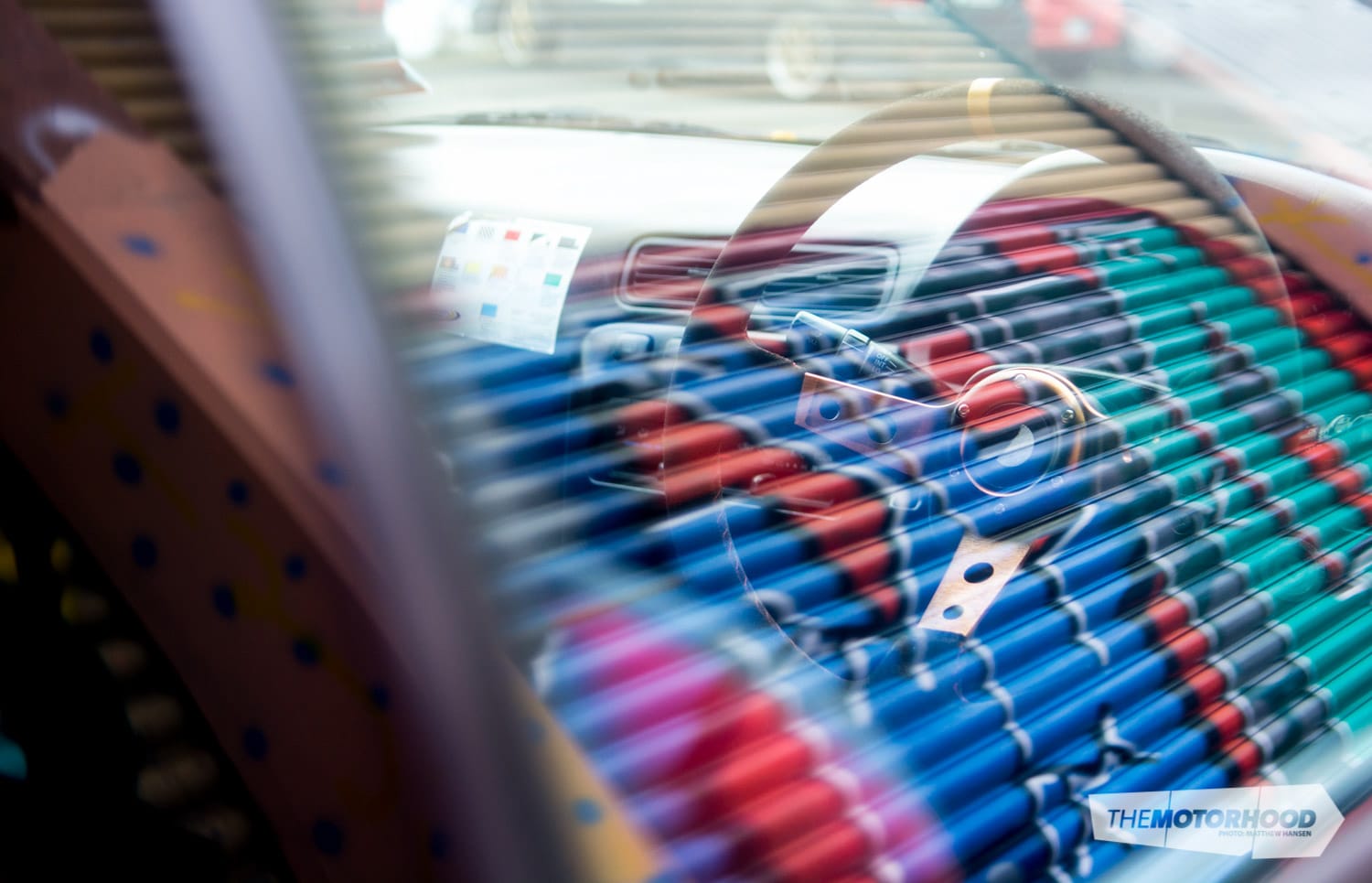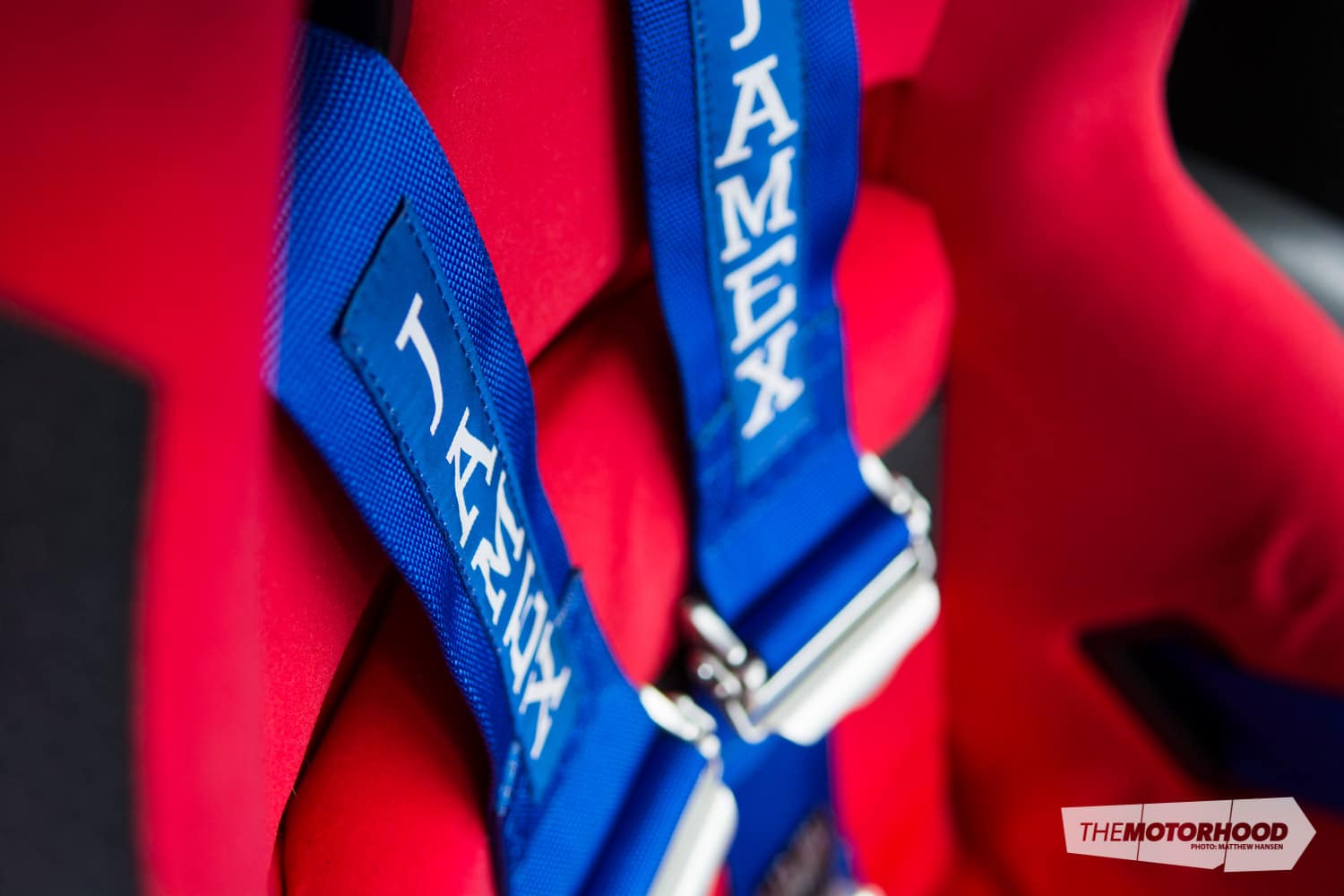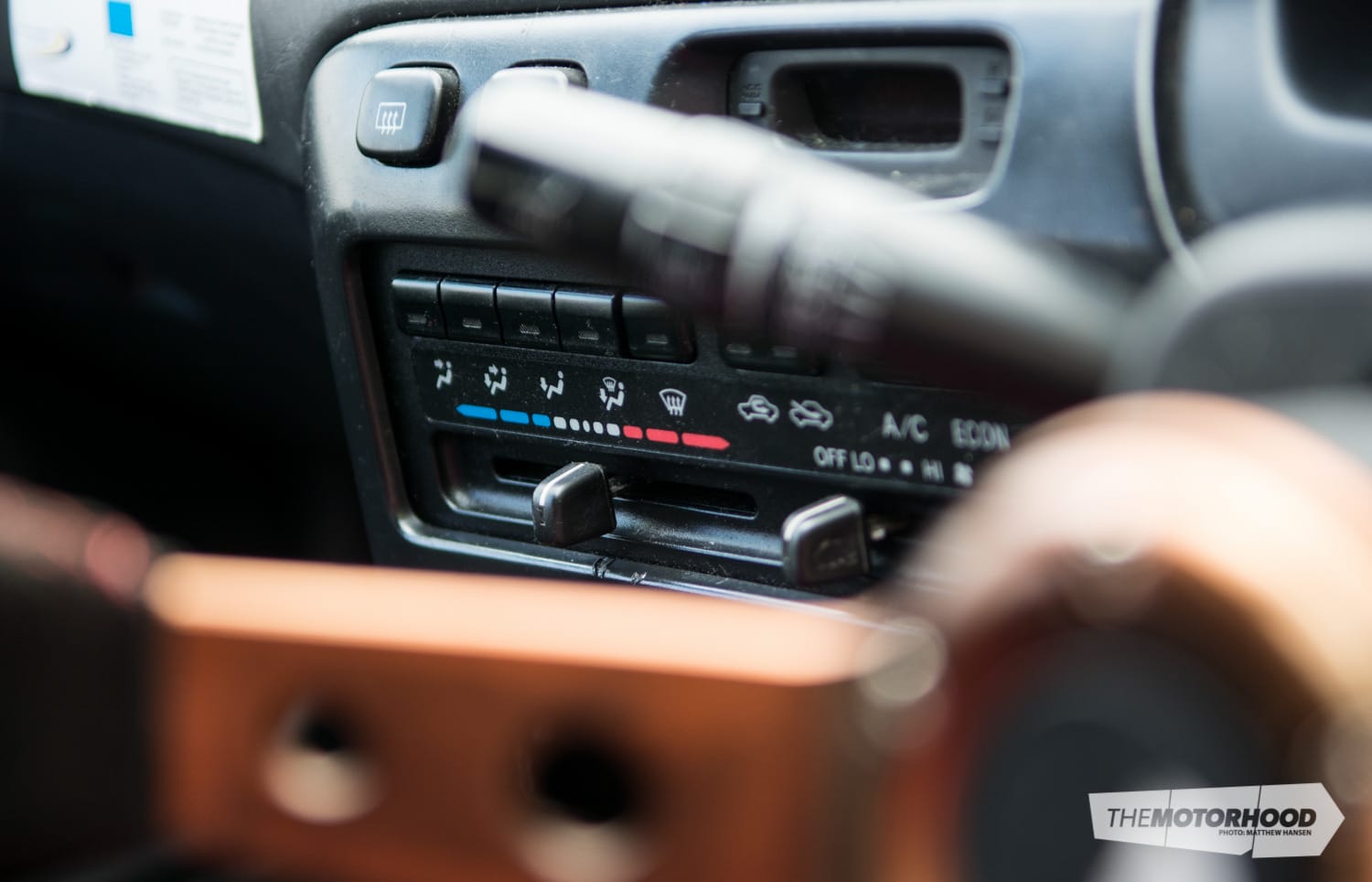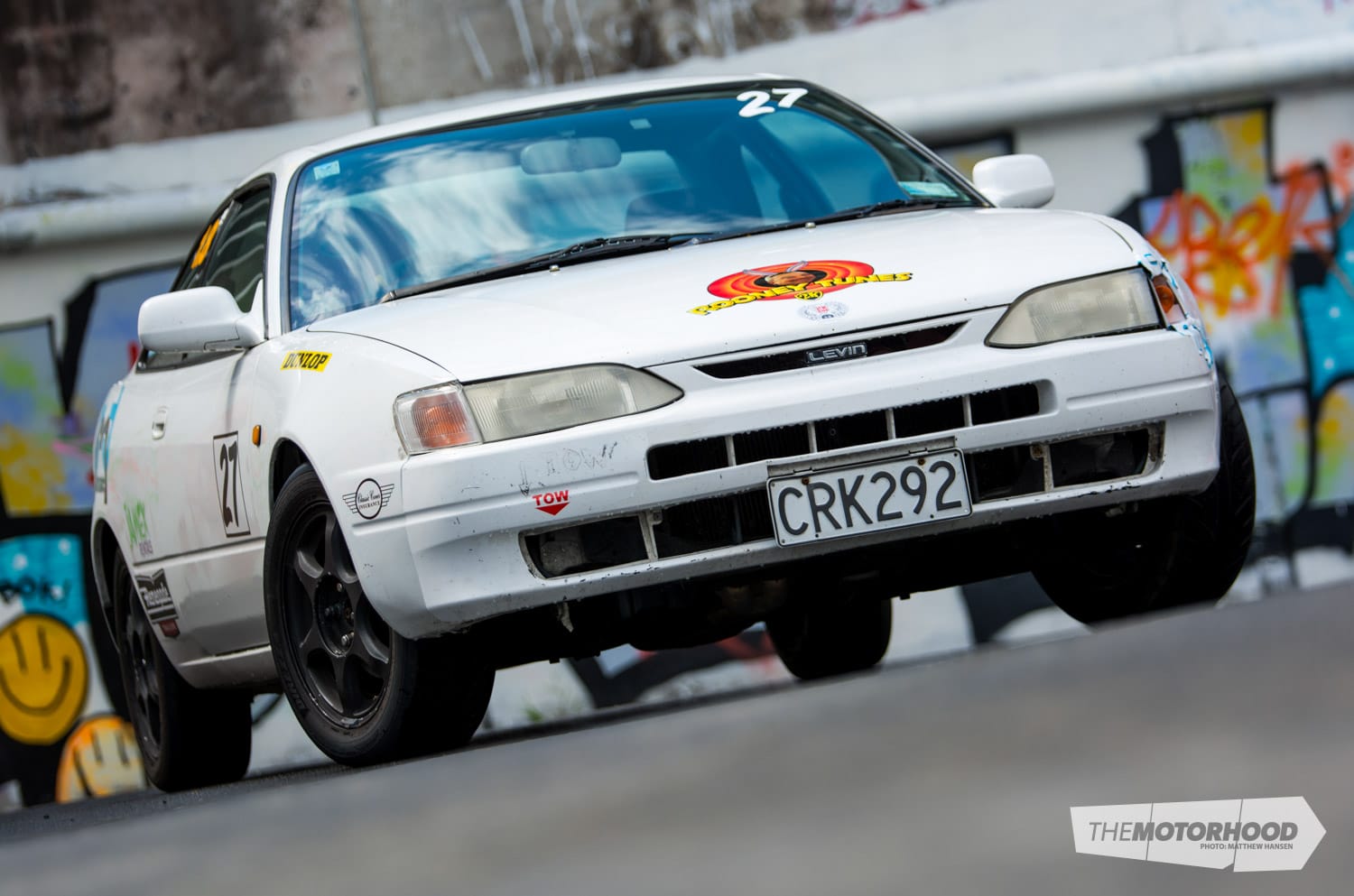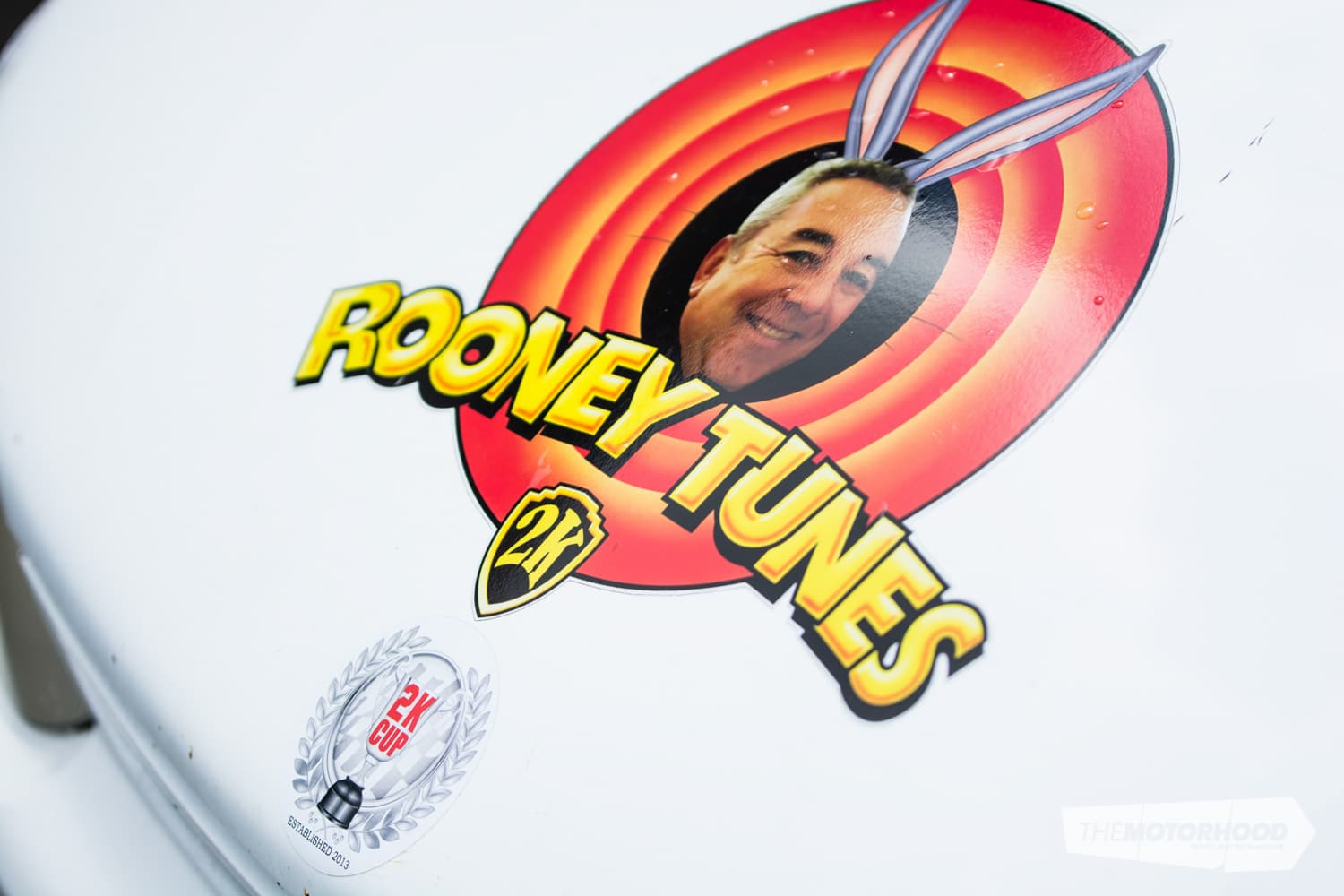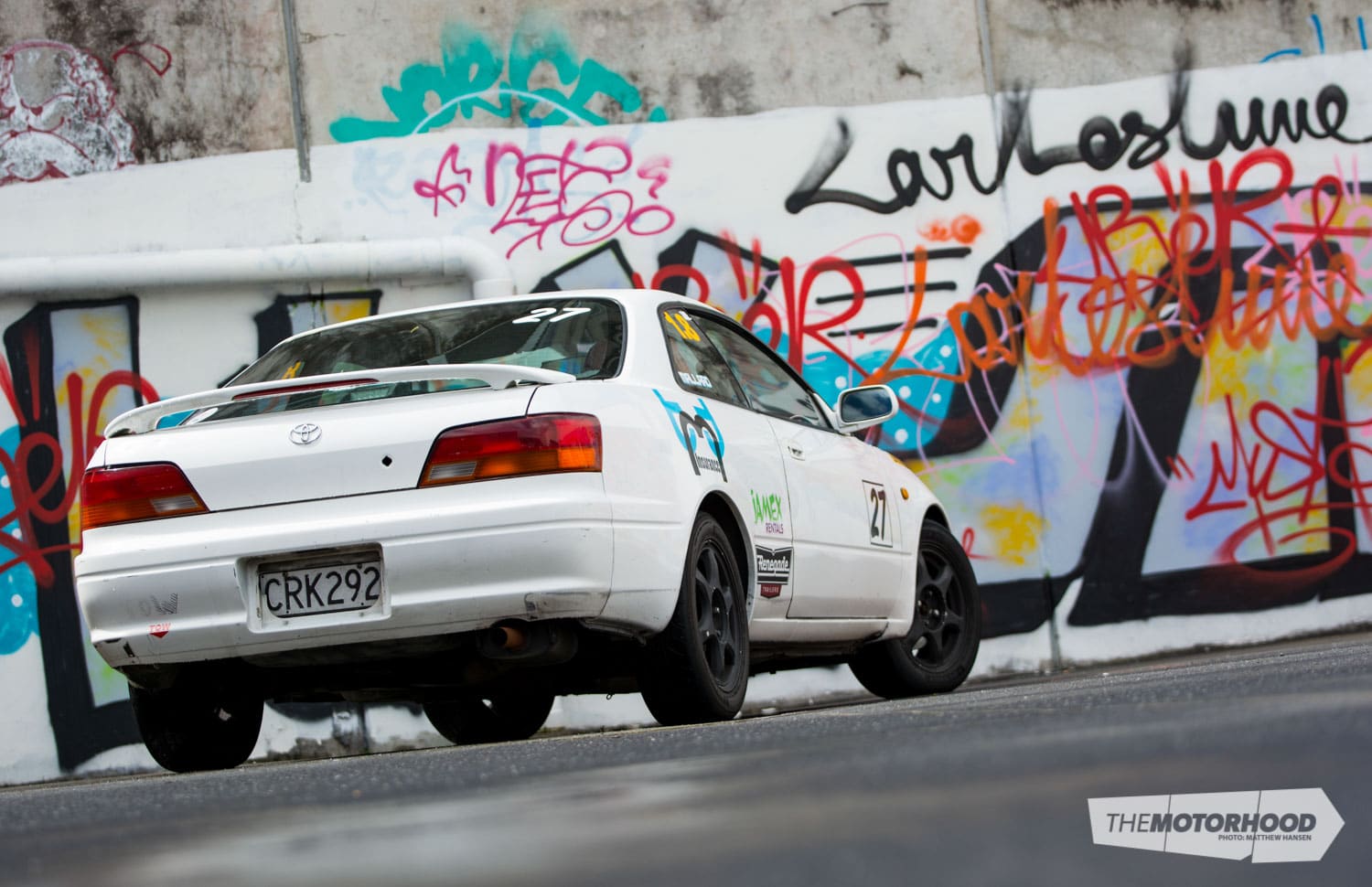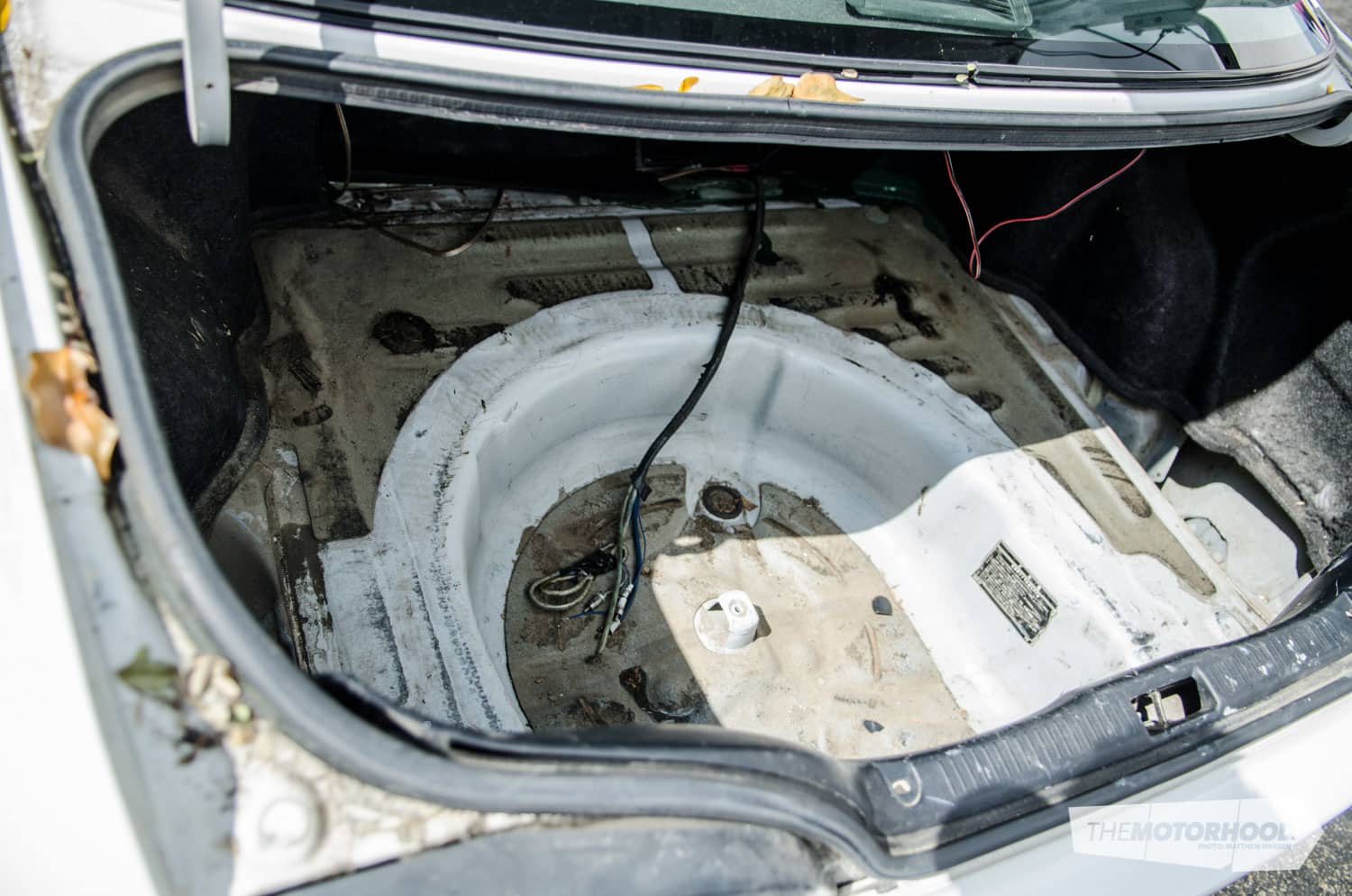“Is that it? I expected … more.”
When I first informed my mum that I would be racing at Hampton Downs Motorsport Park near the end of September, her reaction was full of subtle hints of negativity — which, to be honest, I expected. The doubts about how quick I’d be moving and how much preparation I’d have eventually led onto the ultimate inevitable pearler, “Aren’t you scared?”
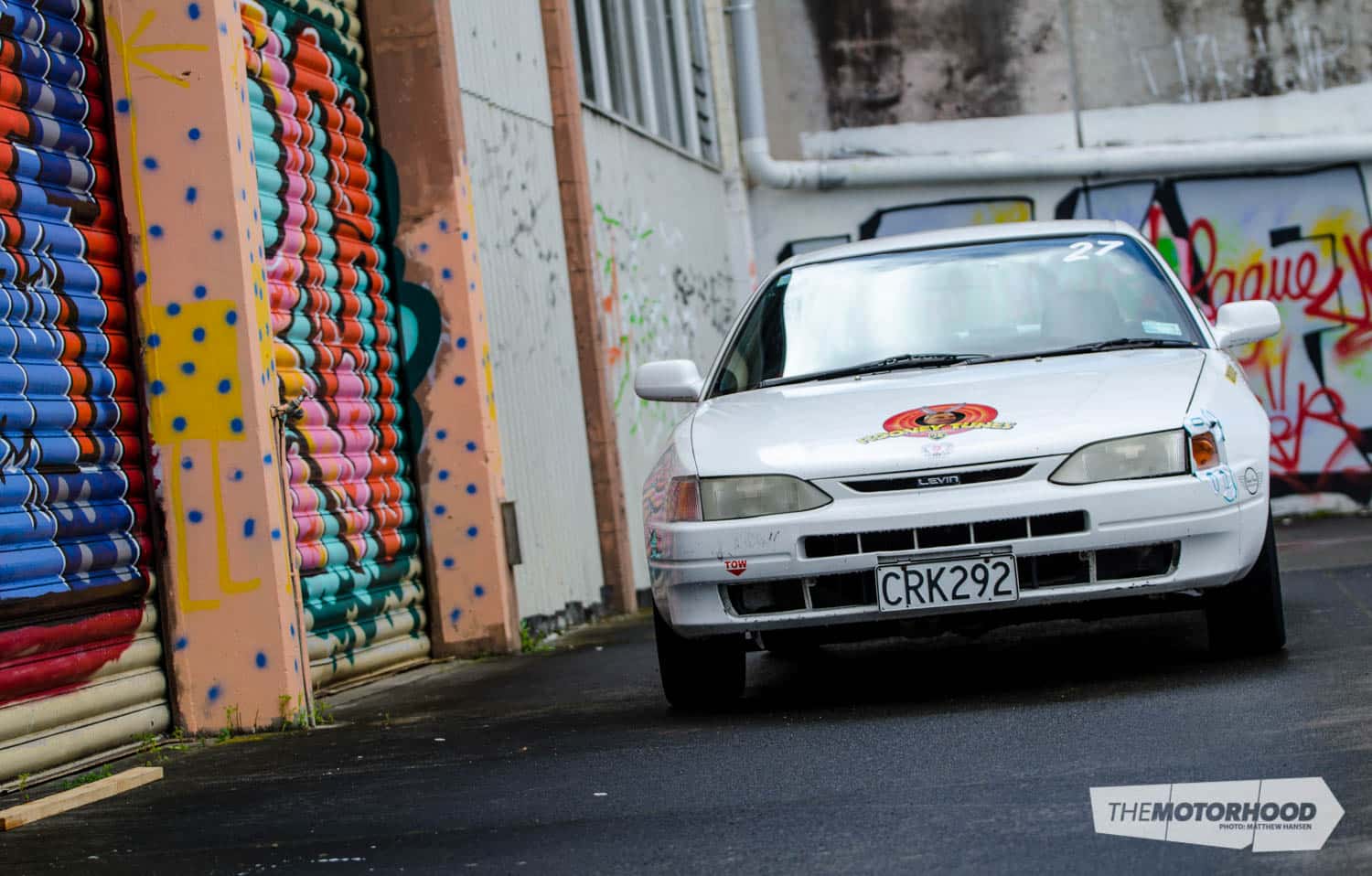
And yet, as I park this car — racing numbers adorning its white/off-white exterior — in the driveway, she seems relieved, as if she was expecting me to roll up in a Ferrari or a Porsche. I don’t blame her for being underwhelmed in a way, this is just a roughed-up 1995 Toyota Levin after all, painted with little race niggles and imperfections.
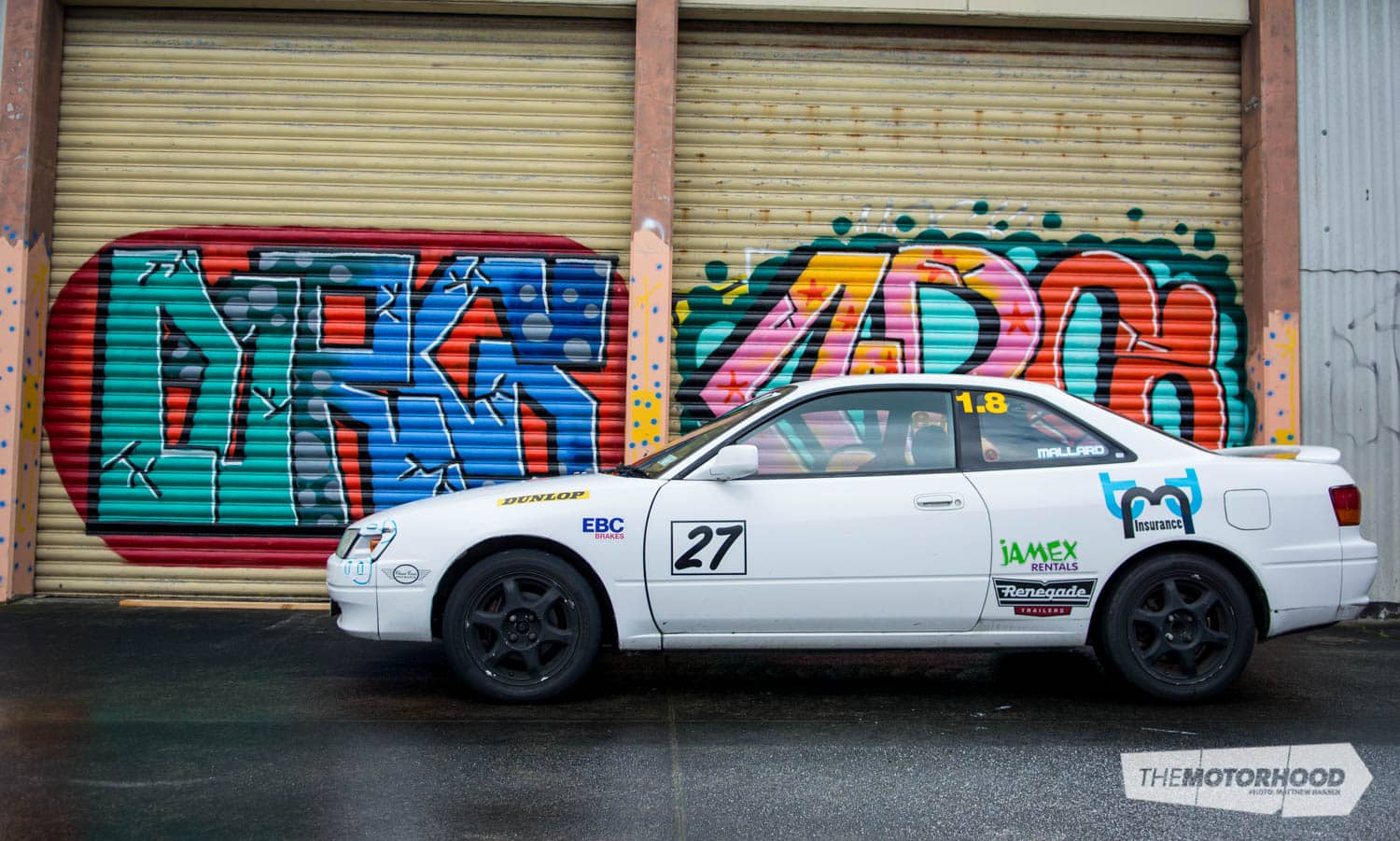
But there’s a certain charm to it. The creases and dents don’t tell stories of neglect, but rather stories of character. This is a car that’s ‘seen some shit’. It’s much like the proverbially haggard homeless man in that alleyway next to your work, who you know would be able to tell you a ripper of a life story — before shanking you for your wallet and your iPhone. In accepting the invitation from the 2KCup class to compete at round one of their series, I effectively invited that haggard homeless man into my life for four days. The fourth and final day would culminate in a racing event at Hampton Downs — my first-ever time racing a car in anger, in the midst of other like-minded and competitive individuals.
In case you missed The Motorhood’s last report on the 2KCup series, the category is based upon extremely low-cost motorsport. Modifications to each car are kept to a minimum to keep costs down and fun factor up. If you’ve got $3500–$5000 stashed away, you can buy and prepare a competitive vehicle, which makes this the cheapest form of motorsport in New Zealand.
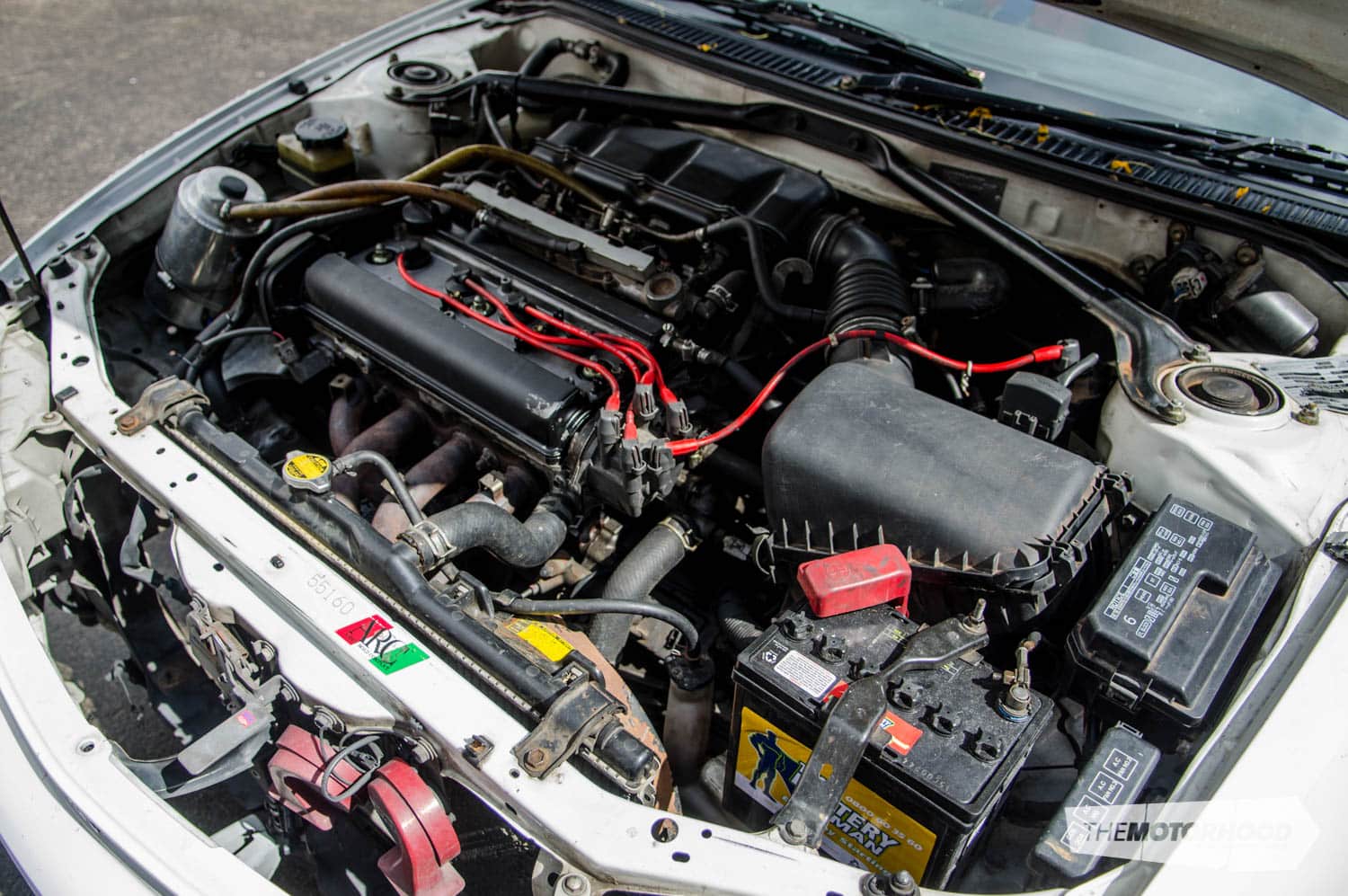
The Levin I’ll be utilizing is par for the course in a number of ways. Under the bonnet is Toyota’s coveted 4A-GE ‘black-top’ engine, the fifth and final iteration of the illustrious ‘4AGE’ bloodline. It’s stock apart from running some heavy-duty oil. Wrapped around its black mags are some Dunlop Star Spec IIs, priced at just under $200 per corner, while some Endless brake pads and Jamex springs live in behind the black spokes. To aid safety, a Jamex racing seat and Jamex harnesses and belts have been added. And to top it all off, the Levin has shed a good amount of weight, with several of its less vital creature comforts removed.

There’s something to be said about what it’s like driving a race car in public, and, despite the relatively minimalistic changes, this Levin still feels a little like a race car when driven on the road — thanks largely to the racket it makes, and the lurching discomfort it conjures when sitting in Auckland gridlock traffic. It’s amazing how many people feel the need to race you at every motorway on-ramp, and how many more simply sit there and eyeball you as if you’ve just ransacked an orphanage. But once I put the glares and the blasts between traffic lights behind me, I realized that this little Levin was an absolute joy to drive. It may not look like anything flash, but it corners very flat, has more than enough poke under the right foot, and has oodles of character.
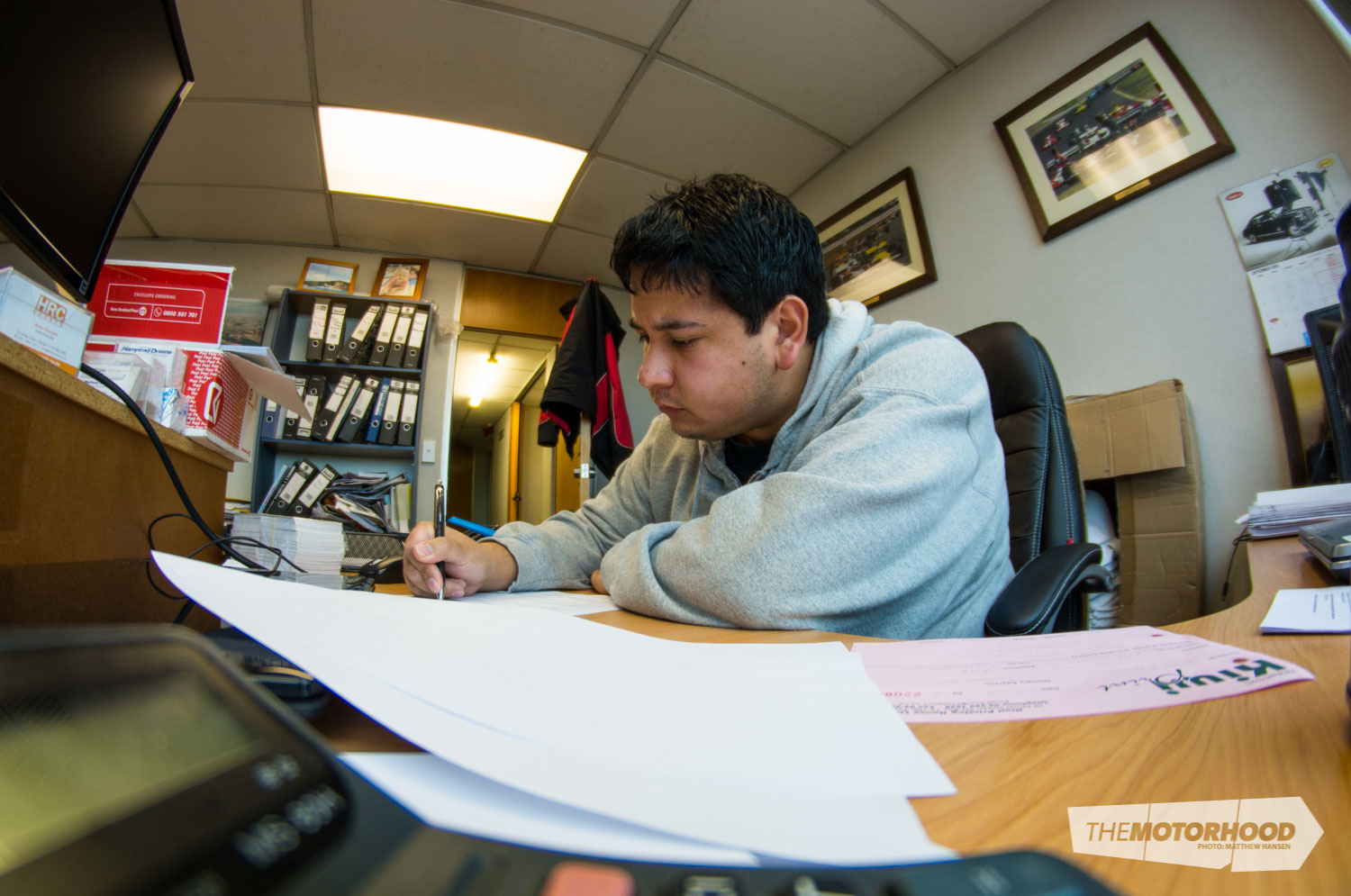
But before I can embarrass myself with it at the track, there is a small mountain of paperwork to take care of. So this mission really starts in a small office in Ellerslie, with me sitting my race-licence test at the Historic Racing Club (HRC) premises. The test I took was the C-grade licence exam — a vital few bits of paper for anyone wanting to get behind the wheel of a race car. Passing requires a knowledge of the official procedures that drape the traditional race weekend, as well as the safety precautions everyone must adhere to. It’s not a particularly difficult test, being open-book based, but what you learn from it can mean the difference between life and death in a race scenario on a green circuit. Having registered on the MotorSport New Zealand website, passing the test, and registering the Levin for the weekend, the job now was to ensure that the car was in peak physical condition.
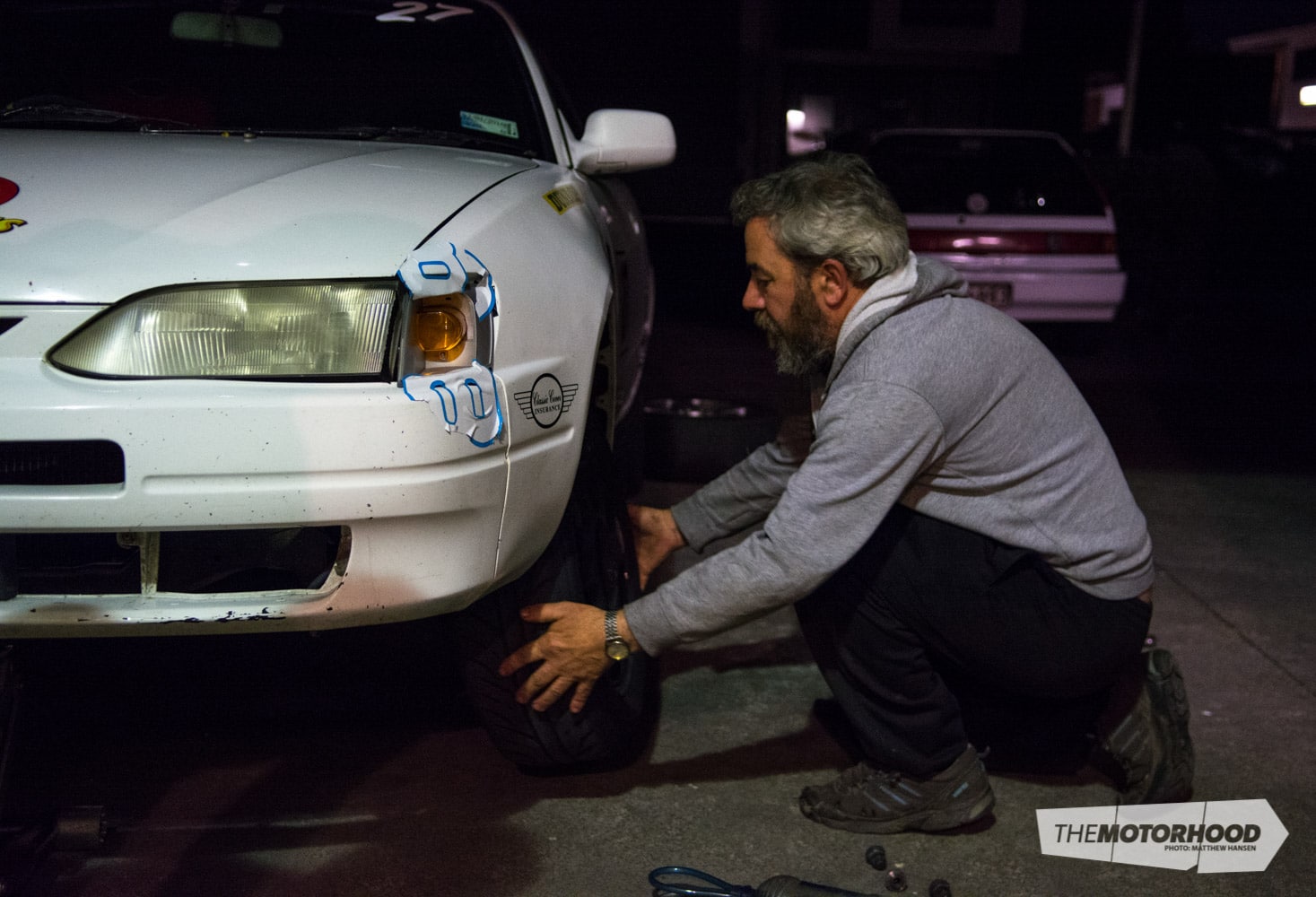
The 2KCup is a series that embodies the kind of motorsport camaraderie and unity that seems more suited to the sport’s past than to its present. Drivers and teams enjoy discussing and helping each other out with their cars, and this was apparent when I caught up with car owner Mark Mallard and a couple of other drivers, all of us aiming to make our cars fighting fit for the weekend’s festivities. On my Levin, this involved rectifying some air found in the front brake lines, and chucking some new stickers at it — the most notable of which was my name.

Among the drivers there is Kent Dalziell. He’s been assigned by the class to be my ‘buddy’ for the event, giving me hints, tips, and tellings-off for my inevitable screw-ups. Despite completing the depressing trifecta of owning some questionable facial hair, being a walking dad-joke encyclopedia, and driving a Honda Civic with Japan’s rising sun seemingly spewed all over it, Kent seems like an acceptable guy.
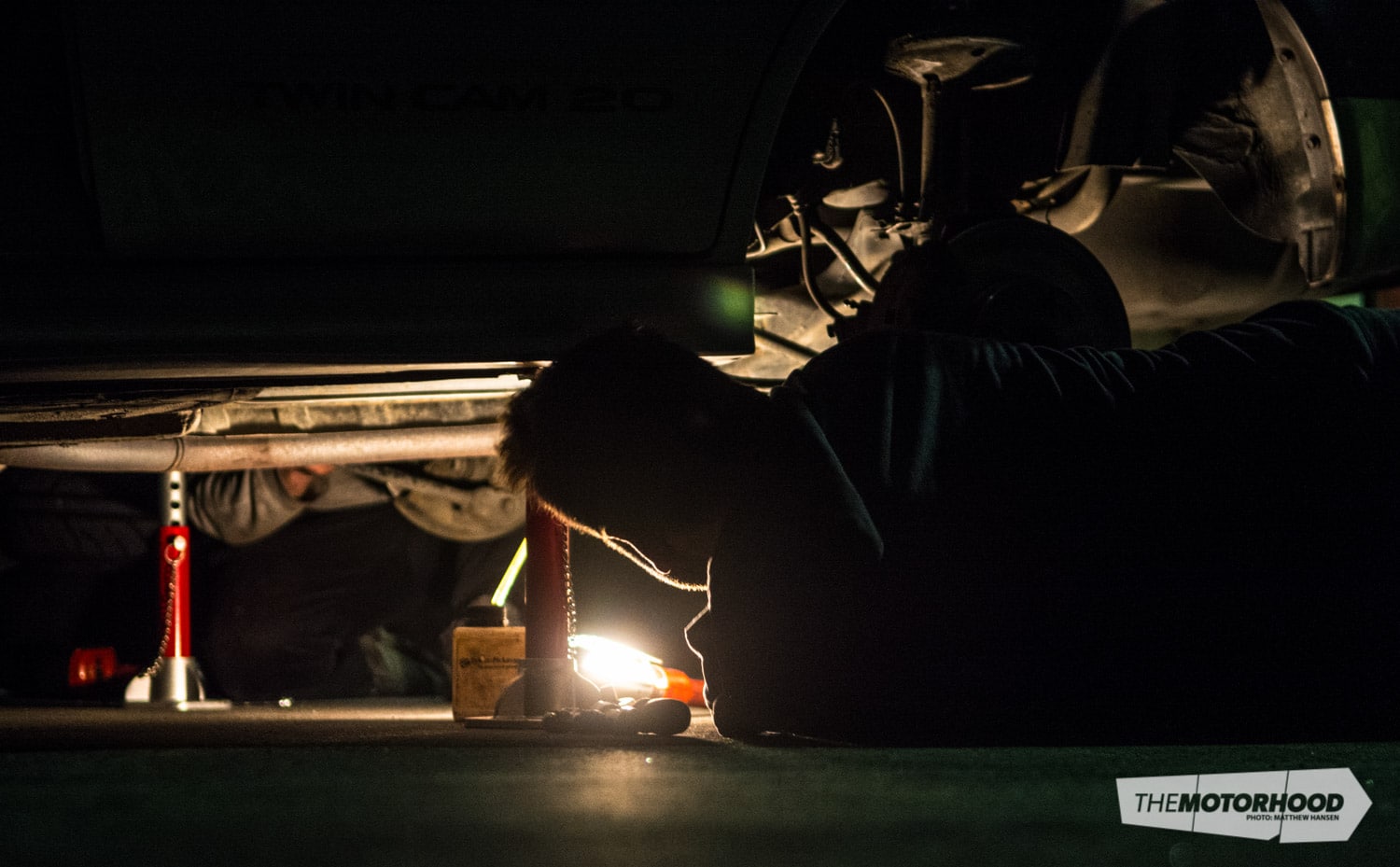
The work required on the other cars — one of which was a Toyota Carib wagon that had claimed a 1min 25sec lap time at Hampton Downs recently — was somewhat more extensive, with Mark’s new (and untested) Levin still requiring plenty of work, the sunset some two hours behind us by this stage.
As the guys complete my Levin and bid me hooroo for the night, it sinks in that me and my Japanese companion will be taking to the track the next day. Racing is something I’ve always been enamoured with, but it’s something I was doubtful that I would ever have to face head-on.
To answer mum’s question; am I scared? Yeah, I think I am.
But, maybe that’s the fun.





